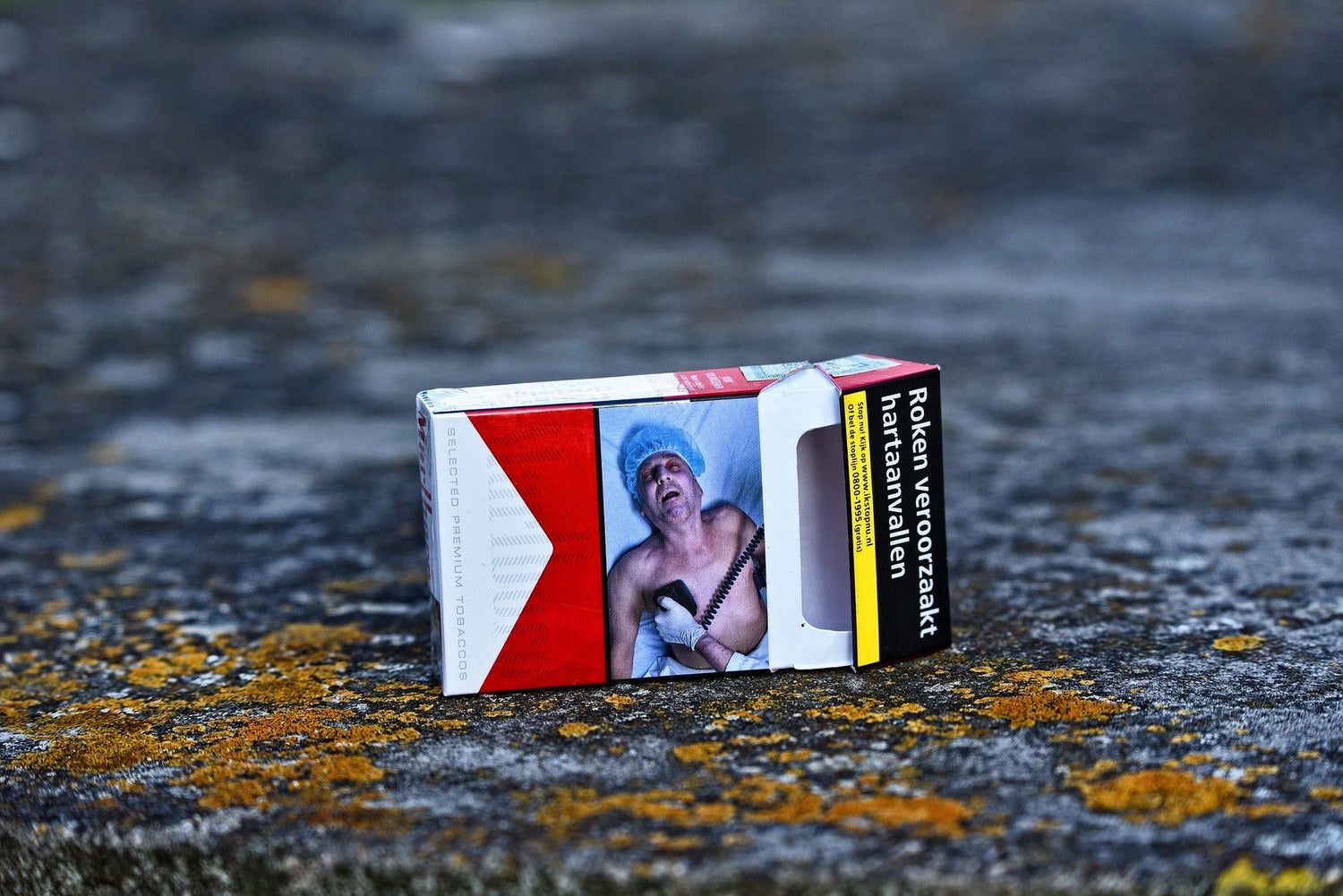Cigarette branding is powerful stuff. Tobacco companies' own research shows that half of smokers can't distinguish one brand of cigarette from another in blind taste tests.
For smokers and especially for the decisive group of new, younger smokers, the consumer's choice is dictated more by psychological image factors than by relatively minor differences in smoking characteristics.
That's according to internal documents drawn up by British American Tobacco.
Several countries have adopted plain packaging as a way of tackling the appeal of cigarettes. It is still early doors, but studies show that the policy works, especially with young impressionable smokers.
So as lawmakers introduce strict new regulations to tackle youth vaping, we ask why America has ignored plain cigarette packaging.
Marlboro made millions with their hyper-masculine mascot Marlboro Man. Other companies have tried to play down the harmful effects of their cigarettes by describing them as 'light' or 'mild'.
These are just two examples of how cigarettes companies have used aspects of their branding to appeal to new customers.
Restrictions on tobacco advertising has been around for a long time. Cigarette ads have been outlawed on television for close to 50 years and more recent bans cover billboards and event sponsorship.
But there is one place where tobacco companies have near full creative control in the US - the packaging itself.
When other advertising channels were closed off, tobacco companies diverted significant portions of their marketing budget into experimenting with different packaging innovations.
They used different materials, logos and colours and designed boxes so they would be eye catching. Whenever a smoker takes out their pack of smokes at a bar or in the street it's free advertising for Big Tobacco.
To tackle this free real estate for tobacco companies, countries have introduced plain packaging.
Australia took the lead in 2012 by creating what is probably the ugliest consumer product of all time.
All cigarettes in Australia are sold in a dirty green-brown box, with the product name written in plain font alongside large warning labels and shocking images of diseased teeth and tumours.
They were designed to reduce the appeal of tobacco products and increase the effectiveness of accompanying health warnings.
The UK, Ireland and France followed suit last year and Justin Trudeau looks poised to introduce similar legislation in Canada soon.
Plain packaging is also recommended by the World Health Organization in their Framework Convention on Tobacco Control (FCTC) guidelines, which have been signed by 180 countries.
'Plain packaging reduces the attractiveness of tobacco products. It kills the glamour, which is appropriate for a product that kills people,' said WHO Director-General Dr Margaret Chan.
'It restricts tobacco advertising and promotion. It limits misleading packaging and labelling. And it increases the effectiveness of health warnings.'
And it's not just theoretical. It has been proven to work as well.
An Australian government report concluded that plain tobacco packaging has begun to achieve its public health objectives of reducing smoking and exposure to tobacco smoke in Australia.
A range of studies analysed the impact of the measure on different groups and found that they were particularly effective in adolescents.
Separately, a special issue of the British Medical Journal's Tobacco Control featured 15 papers on plain packaging. Scientists summarised the research saying: 'the picture to emerge from the papers in this special issue suggests that plain packaging is delivering on its hypothetical promise, and the potential downsides, much vaunted by its opponents, are not materialising.'
The United States has a rocky road with cigarette packaging. Unlike in other countries, where large graphic warning labels have been applied to boxes, US cigarettes have comparatively small warnings.
The FDA published a final rule requiring the larger graphic warnings in 2011, but tobacco companies managed to get this rule squashed in appeals court, arguing that the text went beyond factual information into antismoking advocacy and violated their First Amendment rights.
Since this legislative roadblock, politicians seem to have abandoned the idea of interfering with packaging.
But at a time when legislators are introducing draconian policies to tackle a perceived 'epidemic' of youth vaping, they should get more serious on their tobacco policies as well.






Leave a comment
This site is protected by hCaptcha and the hCaptcha Privacy Policy and Terms of Service apply.